Twilight Warriors
Twilight Warriors
Covert Air Operations against the USSR
Curtis Peebles
Naval Institute Press
ANNAPOLIS, MARYLAND
The latest edition of the work has been brought to publication with the generous assistance of Marguerite and Gerry Lenfest.
Naval Institute Press
291 Wood Road
Annapolis, MD 21402
2005 by Curtis Peebles
All rights reserved. No part of this book may be reproduced or utilized in any form or by any means, electronic or mechanical, including photocopying and recording, or by any information storage and retrieval system, without permission in writing from the publisher.
ISBN 978-1-61251-362-1 (eBook)
The Library of Congress has cataloged the hardcover edition as follows:
Peebles, Curtis.
Twilight warriors : covert air operations against the USSR / Curtis Peebles.
p. cm.
Includes bibliographical references and index.
1. United StatesMilitary relationsSoviet Union. 2. Soviet UnionMilitary relationsUnited States. 3. United StatesMilitary relationsCommunist countries. 4. Communist countriesMilitary relationsUnited States. 5. Aerial reconnaissance, AmericanSoviet Union. 6. Espionage, AmericanSoviet Union. 7. Subversive activitiesSoviet Union. 8. Intelligence serviceUnited StatesHistory20th century. 9. United StatesForeign relations19451989. 10. Cold War. I. Title.
E183.8.S65P444 2005
327.1273/047/09045dc22
2005009671
 Print editions meet the requirements of ANSI/NISO z39.48-1992 (Permanence of Paper).
Print editions meet the requirements of ANSI/NISO z39.48-1992 (Permanence of Paper).
12 11 10 9 8 7 6 5 5 4 3 2 1
Contents
W hen the Cold War started, the United States undertook covert operations against the Soviet Union and its allies. The ultimate goal of these operations was to subvert these Communist governments and to so weaken them that they could no longer remain in power. Other efforts were directed to collecting intelligence, particularly any indications that a Soviet attack was about to begin. Should such a war break out, the resistance movements that Western intelligence agencies sought to establish could disrupt the attack. Covert operations were also seen as filling more limited roles. They could be used as a means to divert Communist attention or to overthrow leftist governments in the third world. They could be viewed as a middle course between doing nothing when U.S. interests were threatened and committing large numbers of troops.
This twilight struggle was fought within the heart of the USSRs new empire, in humid jungles, in scientific meetings, on tour buses, and on the polar ice cap or some other isolated, barren place on earth. The warriors who fought these secret battles were equally varied. Some were men fighting for the liberation of their homelands from Communist oppression. Theirs was a battle fought with no hope of survival, which they accepted because they could not do otherwise. Some were military personnel who undertook behind-the-lines combat operations. Others were perfectly ordinary people who volunteered to serve their countries in secret ways. They were tourists and businessmen, professors and students, scientists and engineers, politicians and chess players. They ran great risks without rewards, but by keeping their eyes open, and asking the right questions of the right people, they could discover some of the Soviet blocs greatest secrets.
Many of these covert operations relied on pilots and aircrews capable of flying missions where extraordinary risks were simply part of the job. They were Americans and foreigners, civilians and military. Their missions sometimes involved flying airliners at treetop altitudes, at night, to drop agents and supplies deep inside Communist territory. They might find themselves flying passengers and cargo to and from short, rugged dirt strips built on the side of a mountain, making dozens of such takeoffs and landings each day. At other times, they would be flying combat missions, striking ground targets, convoys, and troop concentrations. The most extraordinary was the mission of a small group of Air Force crews. They were to rescue downed bomber crews from deep inside the Soviet Union following the outbreak of World War III.
Despite their worldwide scale, these U.S. covert operations attracted little public attention. Communist governments would announce that agents had been captured or executed, that operations had been uncovered, or that aircraft had been shot down. American officials would issue denials, ridiculing the Communist claims. Throughout the 1950s, both press and public tended to accept their denials. Not until the failed Bay of Pigs invasion did the public realize that the U.S. government did, indeed, undertake covert operations, and did lie about it. The debate over such covert operations would grow during the 1960s. This would lead to the controversy over the secret war in Laos, and the role Air America played in that conflict.
With the Cold Wars end, the release of once-secret documents from U.S., Russian, Chinese, Eastern European, and other countries archives has filled in many of the historical blanks of this era. This information includes details of the technical collection means developed during the Cold War, including the U-2 overflights and the Corona reconnaissance satellite. In contrast, covert operations have remained sensitive. Some operations still remain unacknowledged, even after half a century. The CIA officers who participated must still remain nameless or are identified by pseudonyms. Significant unknowns still remain about these operations. Often the primary sources are not official documents but, rather, the published recollections of those involved.
Today, at the beginning of the twenty-first century, the Cold War seems to be a part of some remote era. This is not only because of the passage of time, but also because these events are now on the other side of the great historical divide of September 11, 2001. It is hard for us to put ourselves into that time. To those who planned and undertook these missions, the need was clear. The West and the Soviet bloc were in a desperate struggle, and they saw the stakes as nothing less than survival itself.
M y thanks go to the people and organizations who provided help along the way, including, but not limited to, Len LeSchack and the other veterans of Operation Coldfeet, Intermountain Aviation, and Air America; John Wright and his film crew; Evergreen International Aviation and its B-17 crew; Dr. Raymond L. Puffer and the staff of the Edwards AFB History Office; Frederick A. Johnsen; R. W. Koch; Peter W. Merlin; Meg Simmonds and John Parkinson of Eon Productions; Joel Carpenter; Sue Henderson; the National Security Archives; and the San Diego Aerospace Museum.
ADIZ | Air Defense Identification Zone |
AEC | Atomic Energy Commission |
AFB | Air Force Base |
ANG | Air National Guard |
ARCS | Air Resupply and Communications Service |
ARCW | Air Resupply and Communications Wing |
ARG | Air Rescue Group |
ARS | Air Rescue Squadron |
BOA | Boun Oum Airways |
CAT | Civil Air Transport |
CCRAK | Covert, Clandestine, and Related ActivitiesKorea |
CCTS | Combat Crew Training Squadron |
CIA | Central Intelligence Agency |
CIG | Central Intelligence Group |
CNAC | China National Aviation Corporation |
Next page

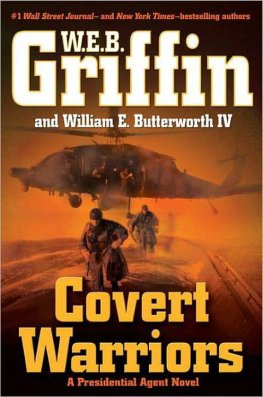
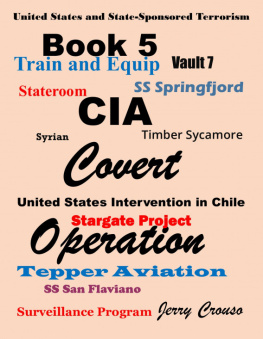
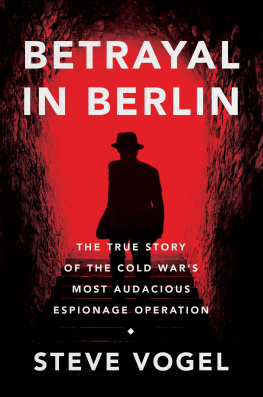
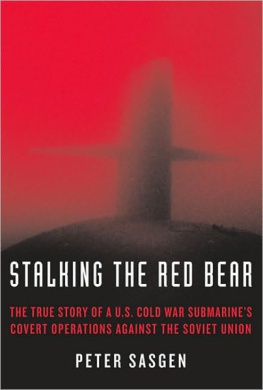
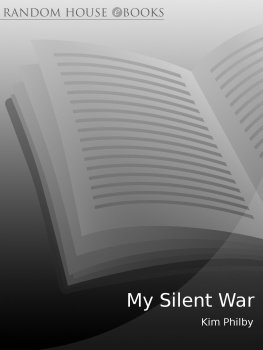

 Print editions meet the requirements of ANSI/NISO z39.48-1992 (Permanence of Paper).
Print editions meet the requirements of ANSI/NISO z39.48-1992 (Permanence of Paper).